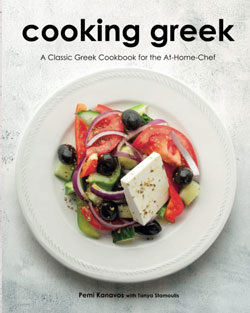When I used to attend my friend's Greek Easter celebrations, I remember them rubbing something on the lamb before putting it on the spit.
It was delicious. I want to make some to have on hand for when I grill.
I think these were the ingredients, but I have no idea the proportions. Do you guys have any ideas?
It was delicious. I want to make some to have on hand for when I grill.
I think these were the ingredients, but I have no idea the proportions. Do you guys have any ideas?
- Salt and Pepper
- Dried oregano
- Dried garlic
- Dried onion
- Dried thyme
- Dried lemon peel



